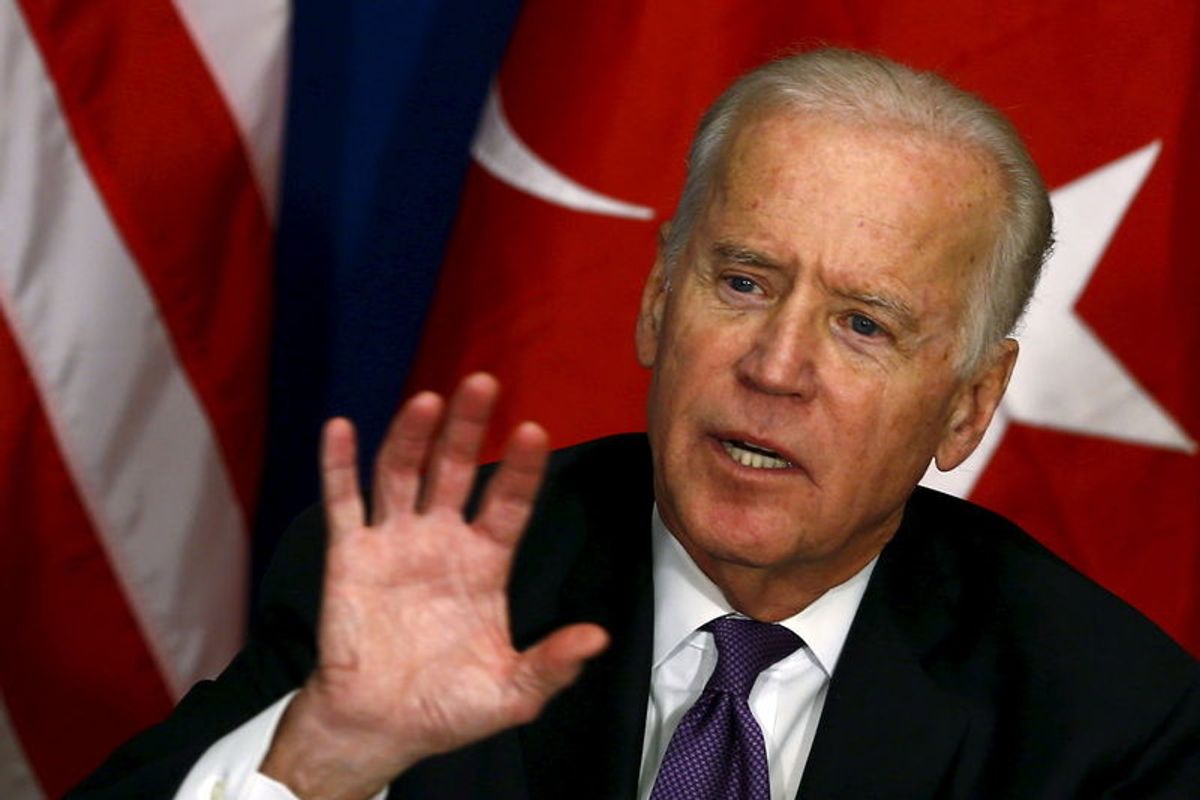
By Carol J. Williams, Los Angeles Times
KIEV, Ukraine — Jackbooted young men in World War I helmets patrol the muddy sidewalk in front of the parliament building, their chapped hands wrapped around clubs and ax handles, their black-and-crimson armbands telling of allegiances to the far right.
Camouflage-clad men armed with hunting rifles control traffic a few hundred yards away, their faces hidden by black balaclavas no longer needed for warmth in the early spring thaw. The self-appointed sentries eye drivers and pedestrians funneling into a single-lane gap in the walls of bricks, firewood and sandbags that barricade Ukraine’s once-elegant capital city.
At Independence Square, the baroque, monument-filled plaza known here as Maidan, the jobless and aimless have taken the place of the victorious political activists who have gone on to parliament or gone home. The stragglers sit hunched around barrel fires, dull eyes peering out from soot-stained faces, rolled-up sleeves baring the tattooed insignia of ex-cons and forgotten military veterans.
The women in floral kerchiefs who tended bubbling pots of borscht or boiling vareniki to feed those demanding a better future have mostly drifted away, leaving the holdouts to shake down workers at the handful of coffee shops and bakeries in business for “donations.” Stray dogs forage for scraps among the piles of garbage around camps clustered beneath signs heralding the origins of their inhabitants: Kharkiv, Ternopol, Yalta.
Banks of portable toilets flank the grubby tent clusters, their doors torn off for makeshift shields during the deadly heat of the confrontation last month, their users in plain sight of those who now mill about the revolutionary detritus.
Yulia “Ruda” pulls the flame-red hair for which she acquired her nickname — Red — into a stretchy yellow headband identifying her as a volunteer with the Self-Defense Forces of Ukraine.
“By staying here, we are showing the true image of the self-defense forces,” says the 28-year-old art director for a local disco, among the businesses not yet back on its feet after the months of chaos in the country. “We are guarding against new provocations, but we are also making repairs to property damaged during the protests and bringing back public order. But it takes time.”
As she spoke, her posture erect and her hands clasped behind her back in the style of a soldier at ease, a battered flatbed truck pulled up to a smashed newspaper kiosk with panels of fresh glass, a moment of normalcy in this flower-festooned colony of drifters and debris.
Like all good lies, the disparaging words of Russian leaders — that the protesters who toppled Ukraine’s governing order are fascists and criminals — have a grain of truth about them.
Maidan in the waning days of 2013 was filled with students, doctors, clerks and factory workers angered by President Viktor Yanukovych’s decision to abandon Ukraine’s path toward association with the European Union. But the protest, confronted by waves of brutality, ended up meeting violence with violence, with the infiltration of crudely armed forces less interested in democracy than revenge.
Much like the Occupy movements that began on Wall Street in 2011, the Maidan protest became a magnet for the discontented of every ilk: nationalists, anti-communists, radical environmentalists, soccer hooligans and anarchists. Ad hoc militias took to the streets in paramilitary gear, lobbing firebombs at government strongholds and beating back at the Berkut riot police who attacked them.
Today, Yanukovych is gone, but hundreds of the self-appointed enforcers remain on guard.
At the Dnipro Hotel on the western fringe of Maidan, two masked toughs with foot-long hunting knives block the entrance to the adjacent London Pub, through which the few paying guests must enter and have their belongings ransacked. At the sole opening in a wall of debris separating the hotel from Khreshchatyk Street, a masked man advertising his views with the “Right Sector” armband vets prospective entrants, a shiny new seven-iron at the ready. Inside, in the dimly lit corridor leading to the reception area, a camouflage-clad defender sits in the shoeshine chair, a high-powered rifle resting on his knees.
But for all its menace and squalor, Maidan remains a place of reverence.
Mounds of carnations laid out in orderly rows beneath photocopied pictures of the fallen heroes of the revolt stand 3 feet high in places. The wilting cut-flower berms flank the brick and sandbag barricades, splashing the landscape of ruin with incongruous color. Candles in tinted glass jars and faux gilded screw-tops flicker, left by survivors and revolution tourists paying their respects to those forever silenced.
AFP Photo/Angelos Tzortzinis


